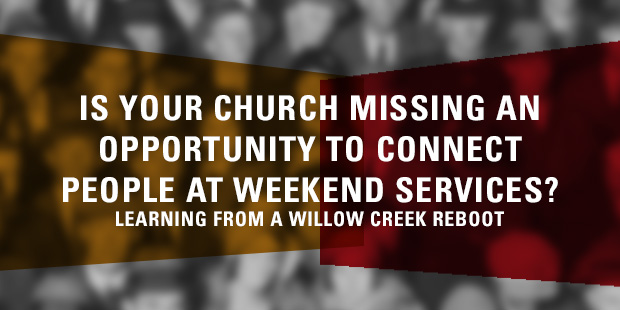
Guests Need This One Connection
Editors Note: During our August focus on Guest Experiences, we are honored to have some of the best voices in the world of Customer Experience provide guest posts for the Vision Room. As you read the content below, simply think “Guest” in terms of the “customer” the author is talking about – and you will benefit from the knowledge and expertise of some great minds.
A good movie has the power to make us laugh, cry, angry, hungry, or even want to quit our job, unplug, and live in the wilderness for the rest of our natural life.
A lot goes into a movie to make us feel so emotionally invested that we’ll want to tell our friends about our experience immediately.
- We’ll tweet about it…
- Share our critiques on Facebook…
- Or, go straight to Instagram Live
- …with a face still glowing from all the excitement!
For this reason, the entertainment industry spends more time studying one aspect even more than the most advanced visual effects or new camera angles:
Human emotion!
Why?
It’s because an emotional connection is the most potent and influential connection possible.
To make 1997’s Titanic, it cost a staggering $200 million. (In 1997 dollars!)
However, not very many people stepped out of the theatre marveling over the fact that a special Russian submarine was used or every detail on the ship matched the original Titanic down to the doorknob. The audience walked out in a trance, swooning over Jack and Rose’s romance, saddened by the massive loss of life — or enraged that Jack’s death could have been prevented had Rose just shared the door she was floating on!
- The fact is, people rarely remember the details.
- But they will remember how something made them feel.
- And that’s why ALL business is “show business.”
It has come to the point where we have created a culture of customers who demand compelling experiences whenever they do business.
Regardless of your industry, what your product or service is, you’re selling an experience.
The entertainment business has already unlocked this secret and recognize that the more powerful the connection, the greater the success. Ultimately, to succeed individually and organizationally, you need to change the way you relate to customers and employees.
And I’m not saying that you should be more entertaining. Entertainment, after all, isn’t all song and dance, explosions or slapstick. A CEO isn’t expected to be a stand-up comedian at corporate meetings, and a barista isn’t supposed to break out in song the next time someone orders a latte.
However, there are industries such as retail or hospitality who will find that by increasing humor and fun, they’re creating and enhancing their connection with customers and employees. And a B2B organization or an insurance firm may find that by showing genuine care, concern, and empathy, an emotional bond is formed because the clients feel their unique challenges are understood and being taken care of.
To approach your business as “show business” is not to be confused with putting on an act, being overly dramatic, or being fake.
- It’s about differentiating yourself from the competition by understanding your clients in the same way that show business understands their audience.
- It’s about creating specific strategies based on your customer’s distinct preference in order to deliver experiences that are compelling and engaging.
It’s about taking what we can learn from the entertainment business and leverage that insight into building strong and lasting emotional connections with our clients and colleagues.
Learn more about the power of connecting with your Guests – start a conversation with Guest Experience Navigator Bob Adams.
Want to learn how to create an EXCEPTIONAL Guest Experience at your church? Check out Auxano’s Guest Experience Boot Camp in Cincinnati, OH on August 7-8.


Tags: Church Guest Experience, Connection, Guest Experience, Scott McKain

























